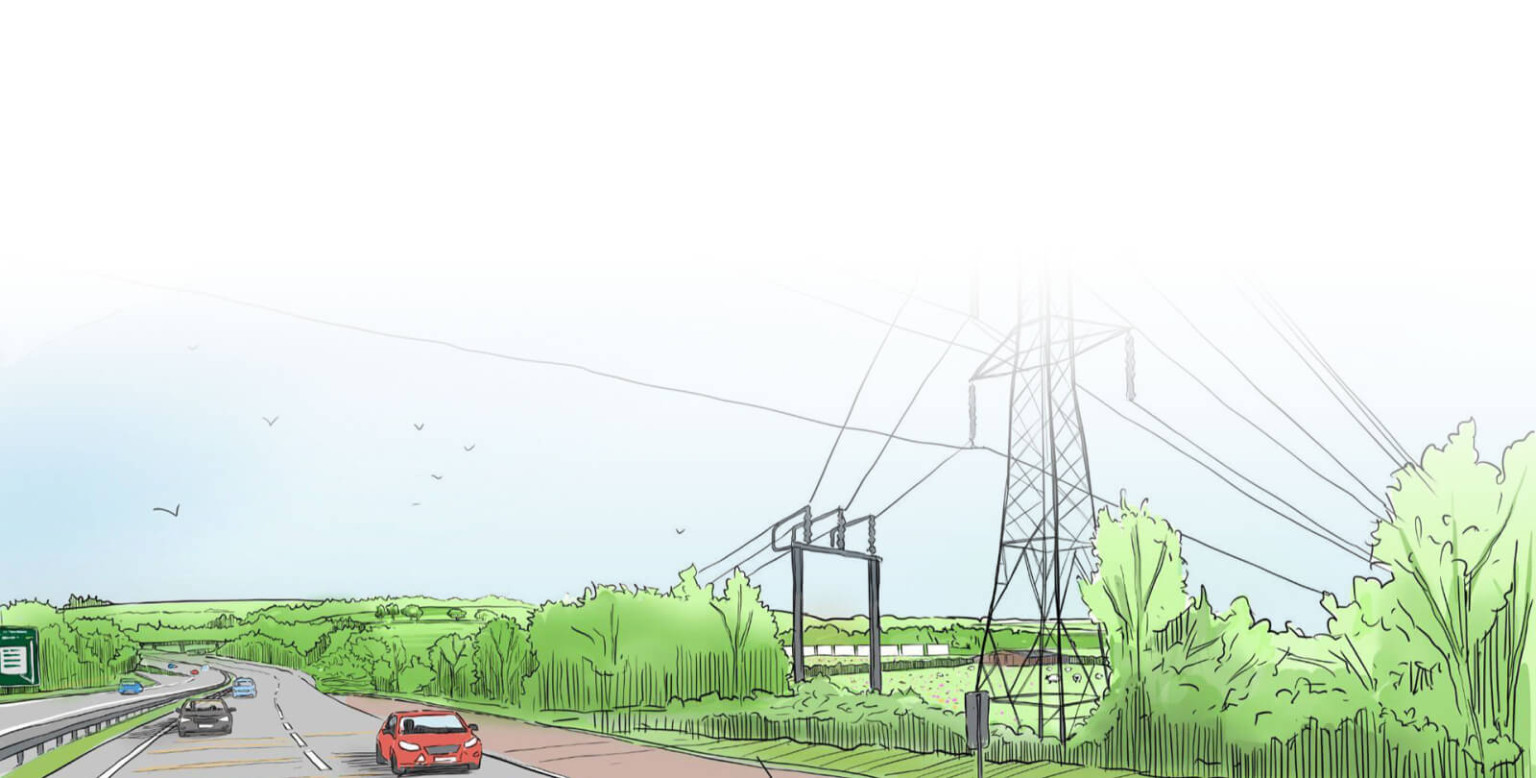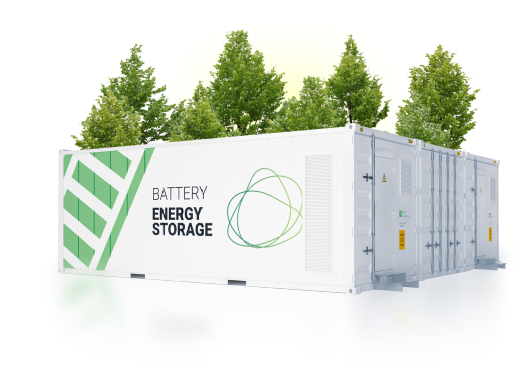Latest developments
This webpage provides an overview of the proposal so members of the community can comment prior to the formal planning application being finalised and submitted. The pre- application consultation runs until <DATE>.
The proposed project is situated 200 metres to the North West of Junction 27 of the M5 motorway. It would be built on low grade agricultural land (ALC Grade 4). It is a significant energy infrastructure project that will modernise the local electricity grid to support the transition from gas and coal generated electricity to renewable energy from solar and wind. The project includes a series of ecological and landscape enhancement measures, such as the creation of a wetland habitat around the River Lyner to boost biodiversity.
You are invited to a public consultation event on the project
14.00-19.00 on <Date> at <Location>
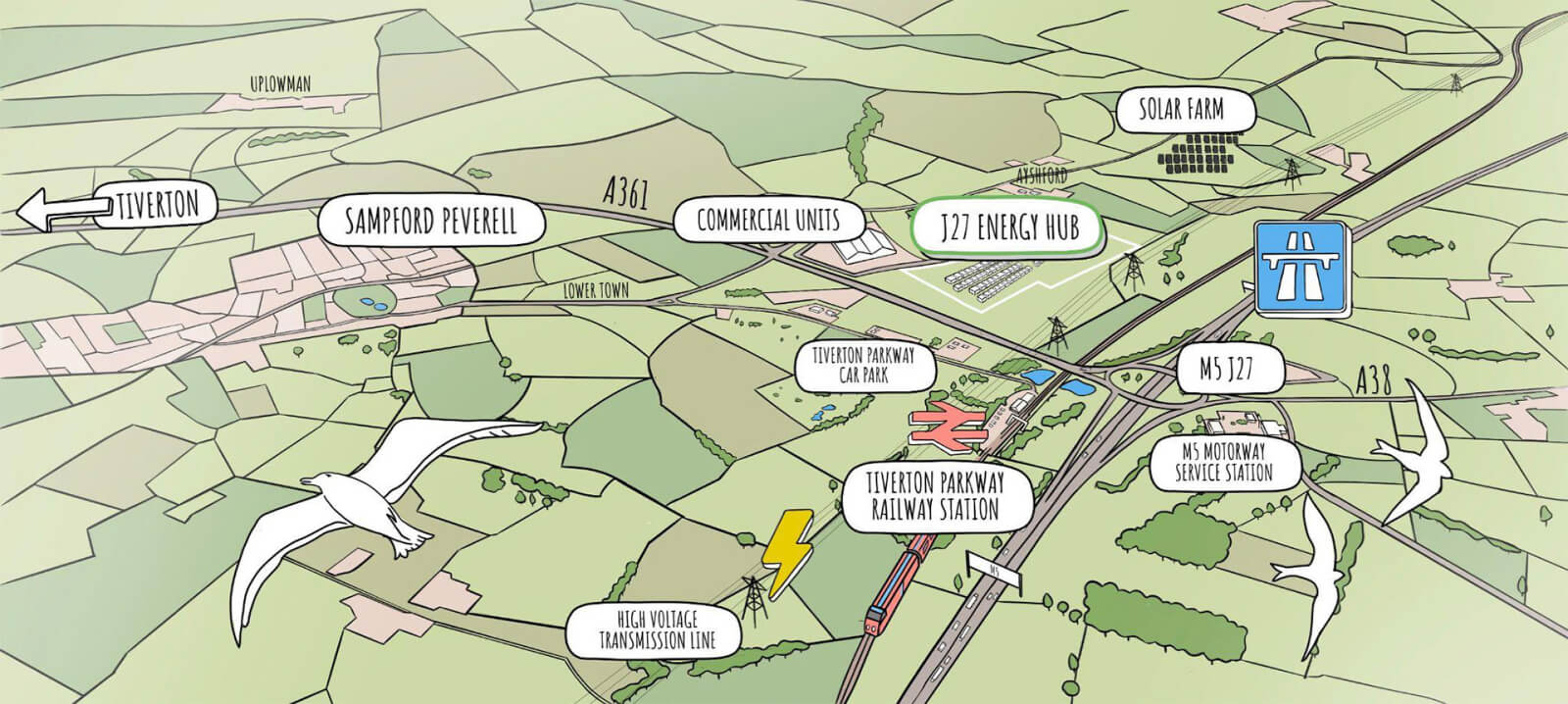
Enabling the transition to clean, low-cost and secure renewable energy
The cost of not having battery storage in the UK is high
Batteries solve one of the biggest challenges facing renewable energy. Matching weather dependent solar and wind electricity with household and business electricity demand.
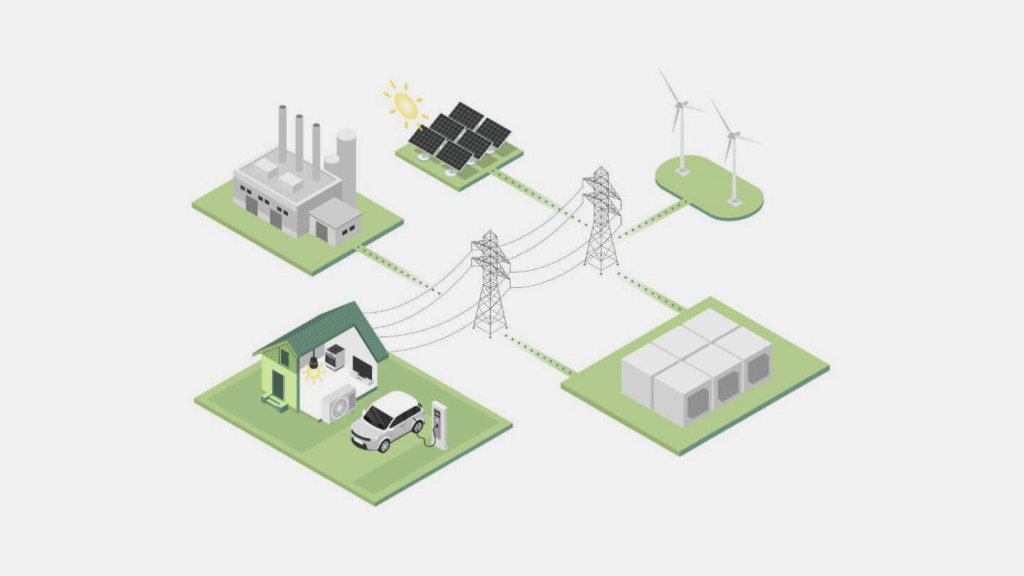
Lorem Ipsum
Lorem Ipsum Lorem Ipsum Lorem Ipsum
Lorem Ipsum
Lorem Ipsum
Detailed project overview
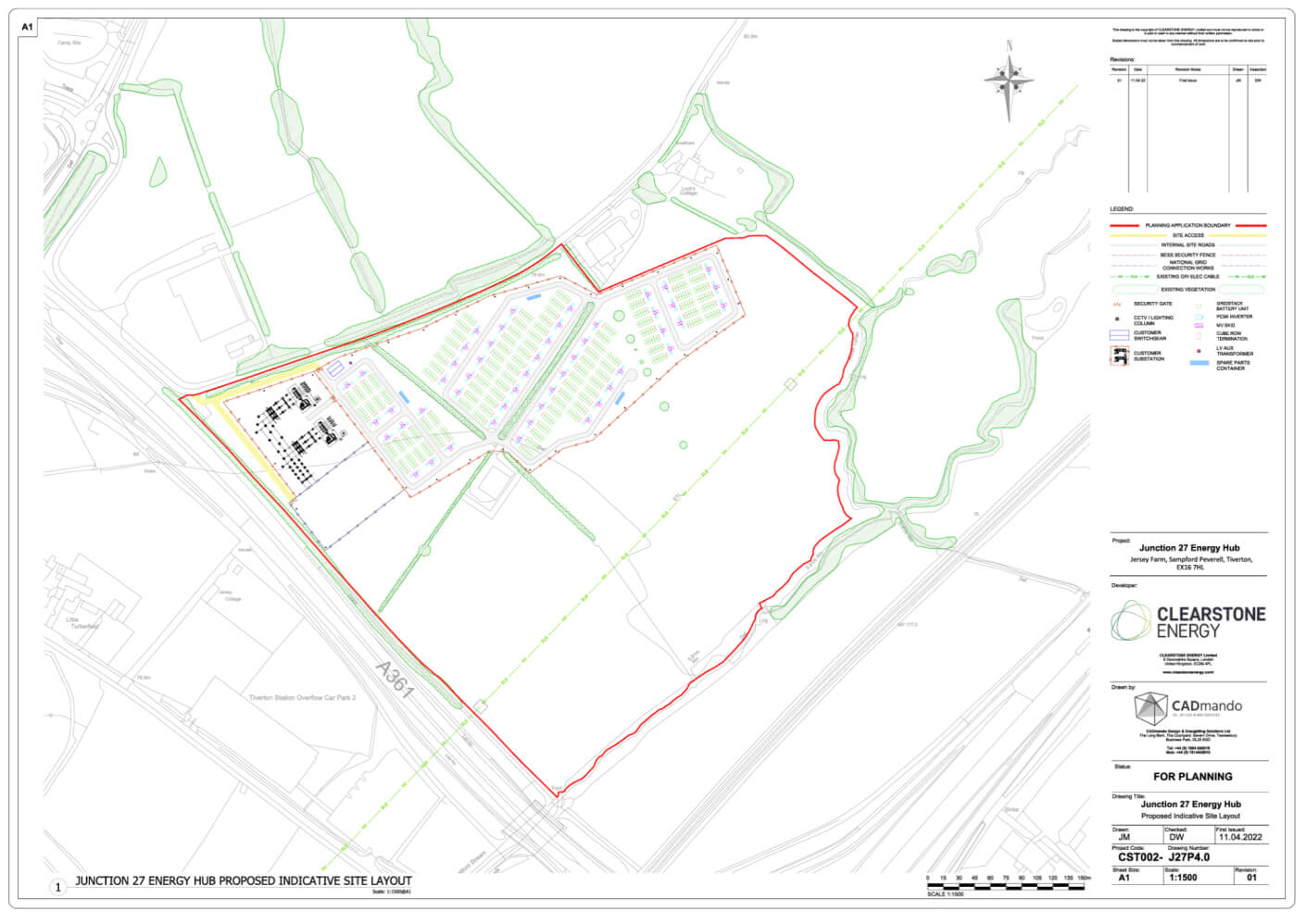
Frequently asked questions
Any noise from a battery energy storage site comes from the fans that cool the batteries and the inverters that transform the DC electrical current from the batteries to AC power for transmission on the grid. They are usually not audible above ambient noise, particularly when sited around busy roads as is the case here. A full noise assessment will be conducted as part of our planning application and factored into the final site design to ensure that it cannot be heard by any neighbouring households.
Any noise from a battery energy storage site comes from the fans that cool the batteries and the inverters that transform the DC electrical current from the batteries to AC power for transmission on the grid. They are usually not audible above ambient noise, particularly when sited around busy roads as is the case here. A full noise assessment will be conducted as part of our planning application and factored into the final site design to ensure that it cannot be heard by any neighbouring households.
Any noise from a battery energy storage site comes from the fans that cool the batteries and the inverters that transform the DC electrical current from the batteries to AC power for transmission on the grid. They are usually not audible above ambient noise, particularly when sited around busy roads as is the case here. A full noise assessment will be conducted as part of our planning application and factored into the final site design to ensure that it cannot be heard by any neighbouring households.
Any noise from a battery energy storage site comes from the fans that cool the batteries and the inverters that transform the DC electrical current from the batteries to AC power for transmission on the grid. They are usually not audible above ambient noise, particularly when sited around busy roads as is the case here. A full noise assessment will be conducted as part of our planning application and factored into the final site design to ensure that it cannot be heard by any neighbouring households.
Any noise from a battery energy storage site comes from the fans that cool the batteries and the inverters that transform the DC electrical current from the batteries to AC power for transmission on the grid. They are usually not audible above ambient noise, particularly when sited around busy roads as is the case here. A full noise assessment will be conducted as part of our planning application and factored into the final site design to ensure that it cannot be heard by any neighbouring households.
Who we are
Clearstone Energy is a leading independent developer of renewable energy and energy storage projects that increase the availability of clean energy and improve the resilience of the electricity grid.
We are working with National Grid to develop a portfolio of strategically located solar generation and battery storage projects that will help build a UK energy system based on clean, low cost and renewable energy.
Our experienced team has a track record of developing successful renewable energy projects that are providing clean and reliable energy to communities across the UK.
Since founding in 2016, Clearstone Energy has developed nine energy projects in the UK. Two are operational and seven are in construction.
Next steps
Once the public consultation closes on <DATE> we will integrate your feedback into a final project plan and submit a formal planning application for the project to Mid Devon County Council. As local residents you will be asked for your comments, support or objections to the project as part of the planning application review process. Those living closest to the site will typically be contacted by letter by the Council when the planning application has been received.
We also send details of the planning application by email to those residents that we have email addresses for. If you would like us to do that for you please submit your email address here.
SEND ME PLANNING APPLICATION DETAILS
Find out more about our projects
Talk to us.
As project neighbours your views are really important to us. Digby Willoughby is the Development Manager for the Junction 27 project.
Whether its comments, feedback of questions we’d love to hear from you.

